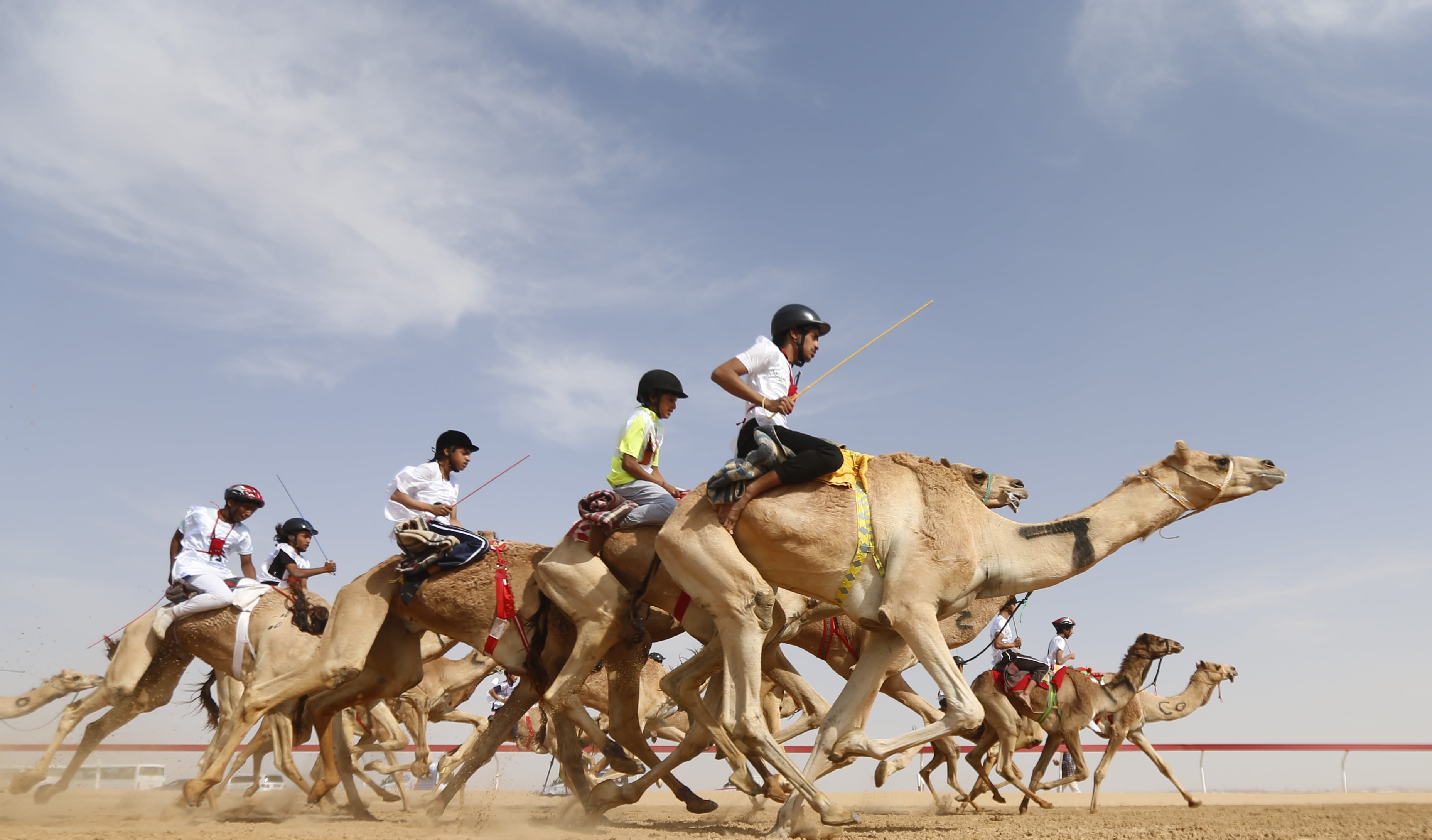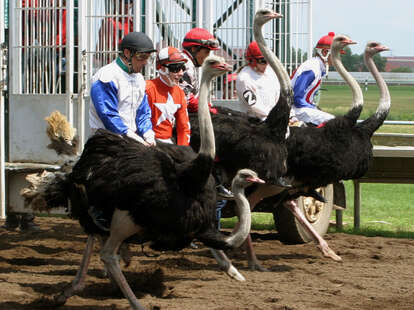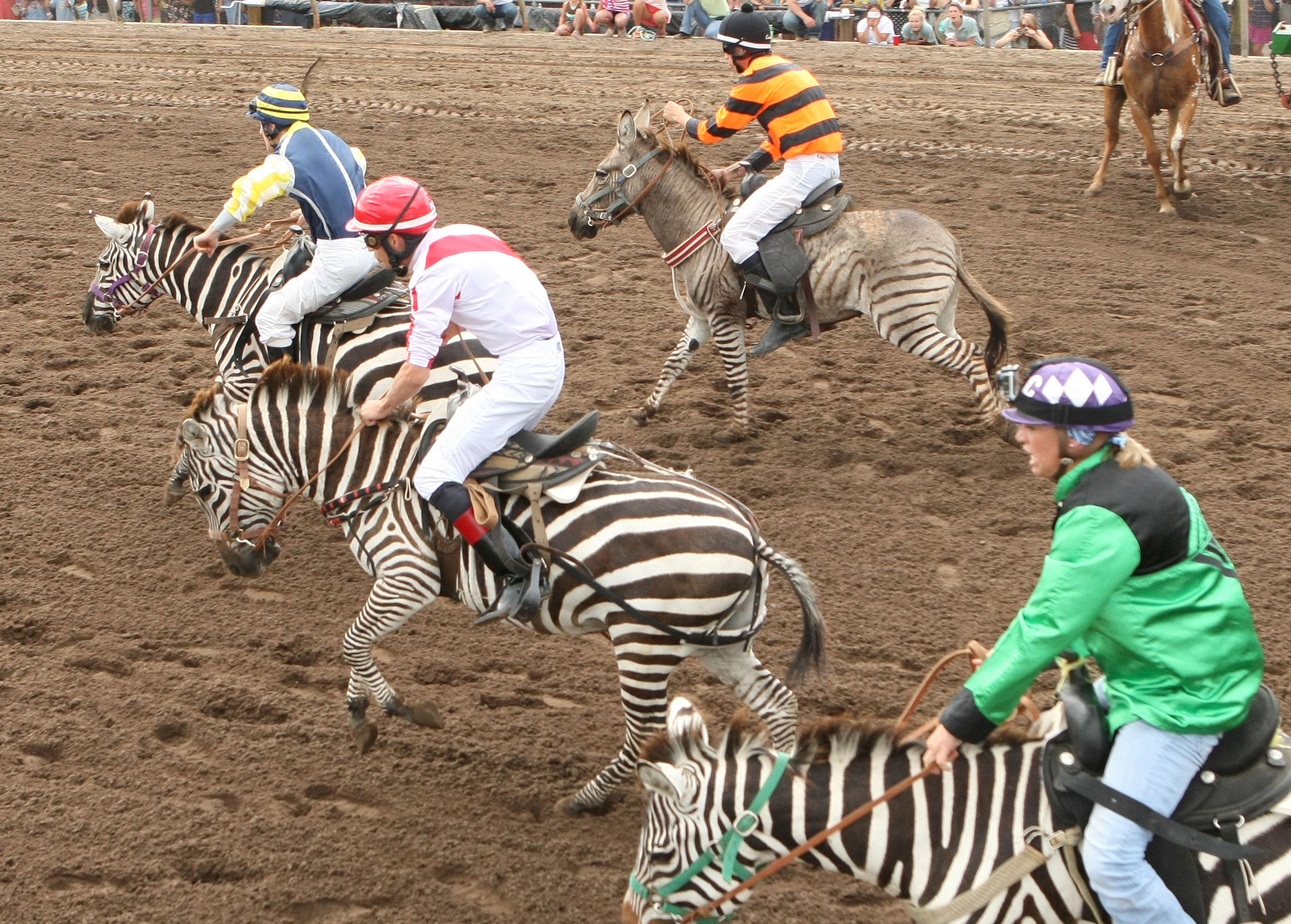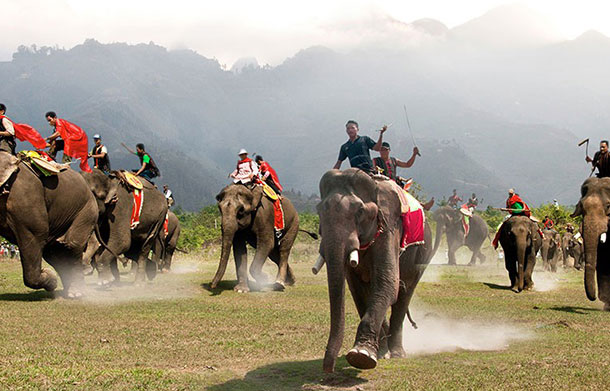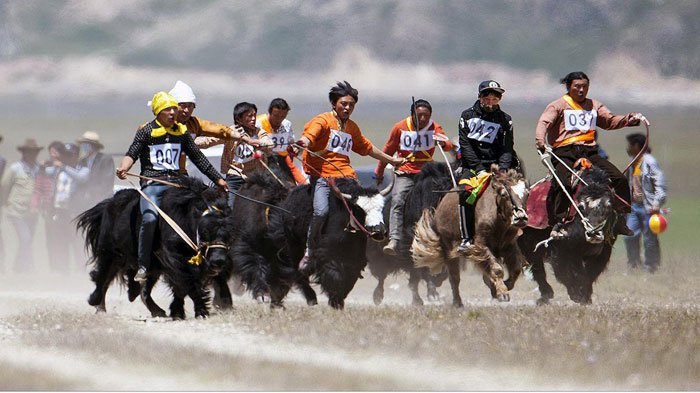Yeah, but it would probably be a good bit slower.
The pace of conquest has never been limited by the pace of the troops at the pointy end of the spear. It’s limited by logistics, and in the era of horse cavalry, that mostly meant wagons that were drawn by oxen anyway.
Disagree, at least in part. “Conquest” was at times just a follow-up to the complete unraveling of military resistance. For steppe people like the Mongols et al, mobility was the key to that unraveling. Something like the conquest of Qara Khitai, which was essentially a very rapid coup de main over huge distances, was really only possible with the kind of extreme mobility horses provided.
Camels. Camels work quite well.
Right.
In the East they ride elephants.
It is possible to ride a reindeer.
Light humans can ride a llama, but then we could have bred them stronger. They are related to camels.
Yep. Logistics are the thing.
In the initial stage of Russia’s invasion of Ukraine there was a long column of trucks, APCs, tanks ect- which pushed merrily into Ukraine- until they stopped- out of fuel. And then the men got out and walked back- no food either.
It still would have been different and the drive to develop and master other means and technologies may have resulted in alternate histories.
Heck. The absence of horses might have opened a niche for other animals to fill.
Of course!
Of course humans would be riding their dogs. ![]()
I’m a bit skeptical about claims that we would have just bred X into a replacement riding animal. If only because the people of the Americas didn’t have horses and still didn’t breed caribou, elk, moose, bison, llamas, etc into riding beasts despite it probably being really handy if they had. They did have domesticated dog and llamas (non-riding) so it’s not as though the concept of domestication was foreign.
Even among people who do occasionally ride on a reindeer, a little light reading implies that it’s not done often or far and that you need to be pretty light and small yourself to pull it off.
So said the bottom of that same post ![]()
If there were no horses, would there still be other equids? Zebras, onagers could perhaps be bred over millennia to be big, strong, and tractable enough for riding, though onagers have never been domesticated.
I guess a question would be “why”? I mean, if people who inhabited the same regions as Zebras and Onagers (or other equids) never thought to ride one, why would they think about domesticating them - or else perhaps they would have already? Assuming they never saw a Mongol on horseback. I think the Mongols had a unique situation that was highly suggestive to getting on the back of a horse - thousands of square miles of steppe, an animal well adapted to that environment happened to live there, too, and could carry an adult human. Take a few imaginative (and brave) people (maybe one said to the other “hold my kumis”), and BOOM - a way of life and an empire is born! I am not sure it would have happened anywhere else.
The Aztec, Toltec, Maya, Inca, and other pre-European contact civilizations of the Americas are disproof of that. They had writing, mathematics (in fact, more accurate calendars than Europe did at the time), extensive trade routes, populous cities, organized warfare, and so forth. Lack of a riding animal did not stop them.
You absolutely can ride cattle the way you ride horses - google “riding cow” for a jillion examples. They are slower, and must be shod if regularly ridden. Ox shoes (which also work on cows and bulls) are a thing, and back when oxen were common draft animals working oxen were routinely shod.
In the arctic regions of Europe reindeer riding is pretty common - reindeer herders ride reindeer to control the herd. They’ve been doing it for thousands of years.
Someone at some point probably still would have started riding camels.
Riding elephants is a thing, although maintaining an elephant is very expensive.
If none of these are as fast as horses… well, if we didn’t have horses we wouldn’t know any better, would we?
Zebras may look like horses but personality/mentally they are very far from them. Traits that make horses tamable - living in relatively small herds, dominance/heirarchy structure, etc. - are entirely absent in zebras. Zebras do not live in families and herd members basically don’t give a damn about each other. They hang out in herds because of safety in numbers but there’s no leader and nothing like a social structure.
This short video covers the main points.
There have been people who trained zebras to pull a carriage, or even to ride, but zebras are not suited to domestication.
We’d be better off trying to breed a faster riding cow than trying to domesticate zebras. In no small part because we’ve already domesticated cattle.
If modern cattle are unsuited to riding it’s probably because they’ve been bred for meat and milk production, not speed. Wild species related to domestic cattle are lighter in weight and faster in speed.
I think this video clip is relevant to this discussion.
NSFW: Some offensive language earlier in the video.
Sitting on an animal’s back doesn’t mean you’re riding it like a horse. Horses walk twice as fast as cows, you’re not going to keep a cow at brisk gait, you’re certainly not going to jump an obstacle on a cow, etc.
Yes, the point was that wild equines still are shaped basically like domestic equines versus getting to physically mold a water buffalo into an equine-esque steed. Though the repeated failed attempts at domesticating zebras should pour cold water on the notion that we’d just domesticate [animal] into a near facsimile and it’s that easy.
Reindeer, despite thousands of years of herding and human use, are only arguably domesticated and are often referred to as tame instead. They tend to be skittish among people they see don’t know, dislike buildings and hate crowds. None of which make for a good equine substitute. They can also carry a lot less – a horse isn’t supposed to be loaded past 20% of its weight including saddle & tack. For a 500lb adult male caribou, that puts you at 100lbs full load (I saw reference to then carrying up to 180lbs “for short trips”, you’re not spending the day riding on one like that).
Luna says suck it!
Hey, you didn’t say anything about ‘fast’ or ‘high’ ![]() .
.
Touché ![]()
I was going with no just because it felt like cheating otherwise.
A few things stand out there though.
First “The maximum extent of the Inca Empire roughly coincided with the distribution of llamas and alpacas, the only large domesticated animals in Pre-Hispanic America.[20]”
Second empire building was mostly accomplished by way of diplomacy with fewer battles fought.
Maybe that would have been more the norm in Eurasia with pack animals only?
Thomas McGuane opined that the only reason we ride horses is that dogs are too small.
Gene plasticity only can extend so far, in re-molding an animal which did not evolve to carry humans (e.g. all of them). Horses happen to have innate physical and psychological traits which made them the best biped-carrier. A few things had to be invented before they became large-scale weapons of war, like stirrups and horse shoes.
We’d have bred dogs large enough to ride, probably.
Well, horses were instruments of war well before the invention of stirrups, in pulling chariots, which didn’t require them to be riding size. There were cavalry mounts centuries before the invention of stirrups, too (see, e.g., Xenophon).
Ancient Roman cavalry rode horses that were about 14 hands high, large pony size – though human beings tended to be smaller then, too — and their mounted opponents were also riding basically large ponies.
On the other hand, the invention of the stirrup was a huge step forward in making them instruments of war:
The stirrup, which gives greater stability to a rider, has been described as one of the most significant inventions in the history of warfare, prior to gunpowder. As a tool allowing expanded use of horses in warfare, the stirrup is often called the third revolutionary step in equipment, after the chariot and the saddle. The basic tactics of mounted warfare were significantly altered by the stirrup. A rider supported by stirrups was less likely to fall off while fighting, and could deliver a blow with a weapon that more fully employed the weight and momentum of horse and rider. Among other advantages, stirrups provided greater balance and support to the rider, which allowed the knight to use a sword more efficiently without falling, especially against infantry adversaries.

